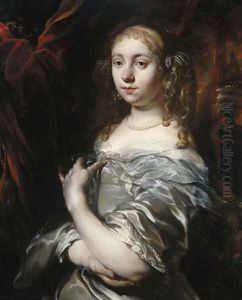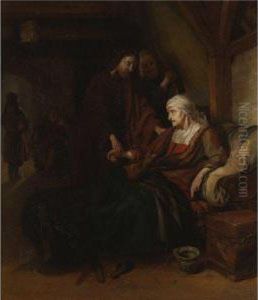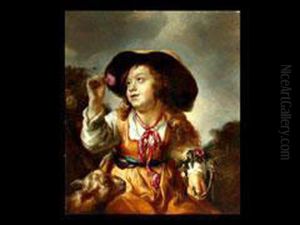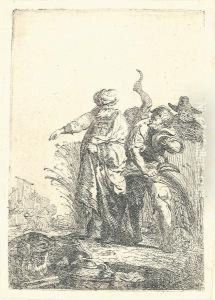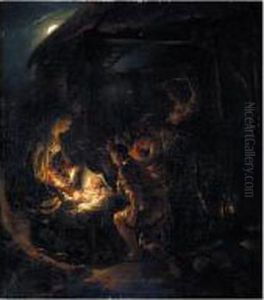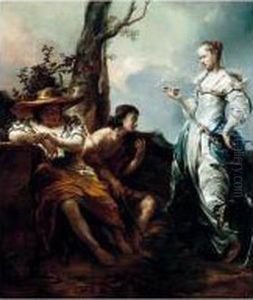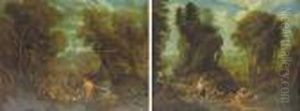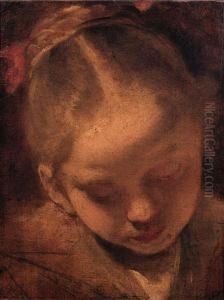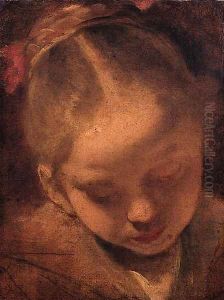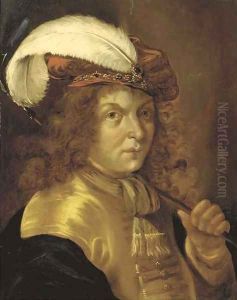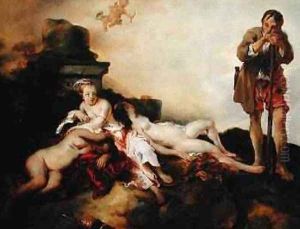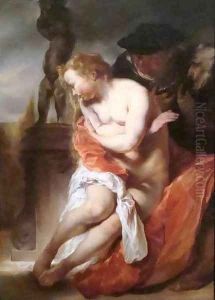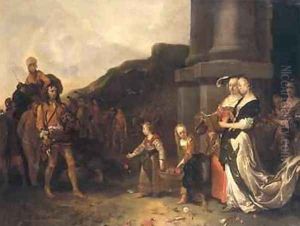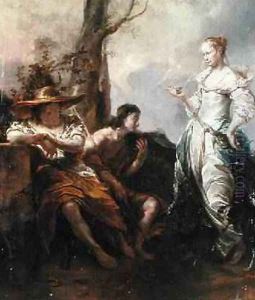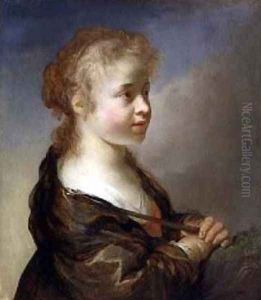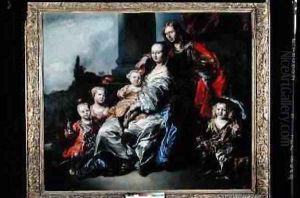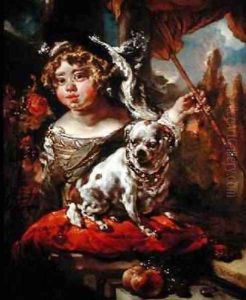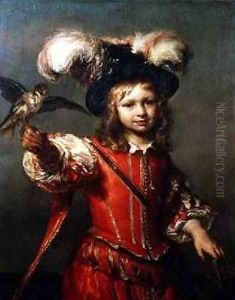Jan or Joan van Noordt Paintings
Jan or Joan van Noordt was a Dutch painter whose life and career were primarily based in Amsterdam. Born between 1620 and 1624 in Amsterdam, van Noordt was part of a large family of artists, which included his father, David van Noordt, who was also a painter. His brother, Jacob van Noordt, was an organist and composer.
Van Noordt's work was influenced by the Baroque style, which was prominent during the 17th century. His oeuvre mainly consists of biblical scenes, mythological subjects, and portraits. He is especially known for his dynamic compositions, dramatic use of light and shadow, and his skillful depiction of fabrics and textures.
Little is known about van Noordt's training, but it is presumed that he learned painting in his family's workshop. His works show a strong influence of other contemporary Amsterdam painters, such as Jacob Adriaensz Backer, from whom he might have learned the Caravaggesque style that can be seen in his paintings.
Jan van Noordt never reached the heights of fame like some of his contemporaries, such as Rembrandt, but he was a respected artist in his time. His paintings were well-regarded for their expressive figures and dramatic lighting effects.
He was active in the Amsterdam Guild of St. Luke, a city guild for painters, and took on students, indicating that he had a functioning workshop and held a certain status among local artists.
Van Noordt's death is recorded in 1676 in Amsterdam. His works can be found in various museums and collections, where they continue to be appreciated for their contribution to the Dutch Golden Age of painting. Despite the relatively small number of his surviving works, Jan van Noordt remains a notable figure in the history of Dutch art for his distinctive style and the quality of his compositions.
